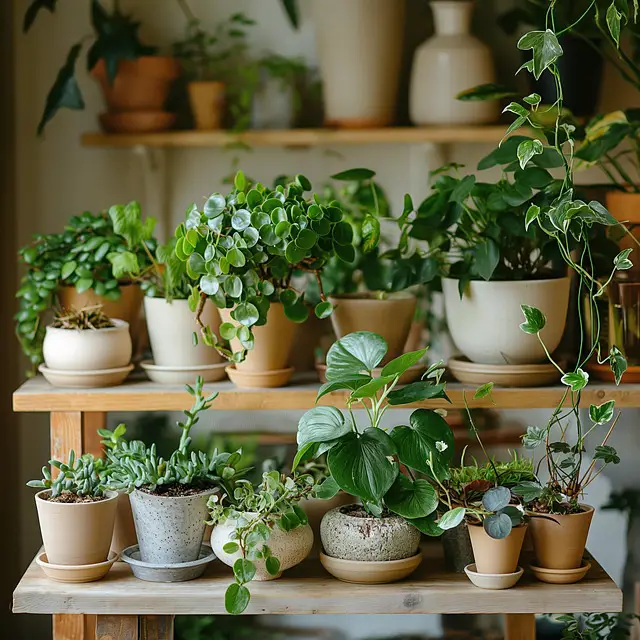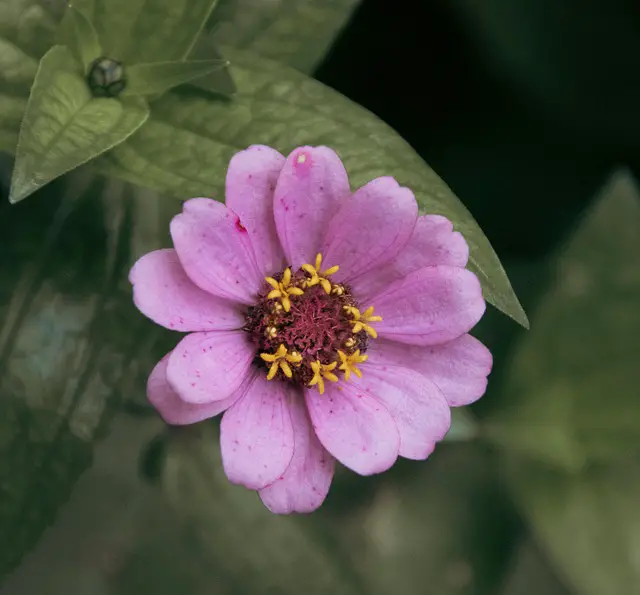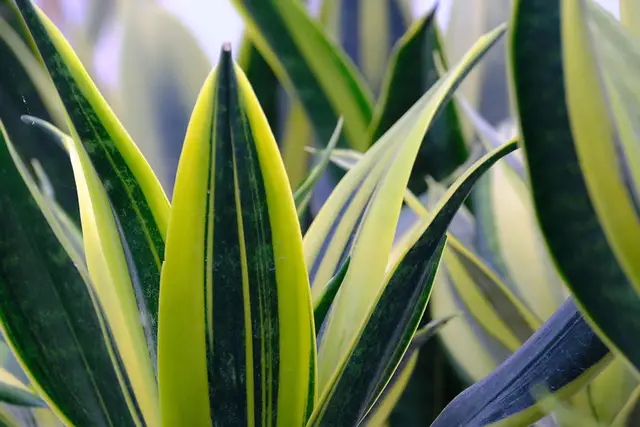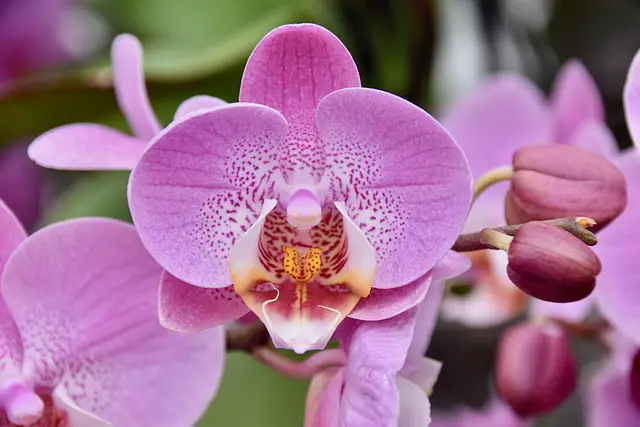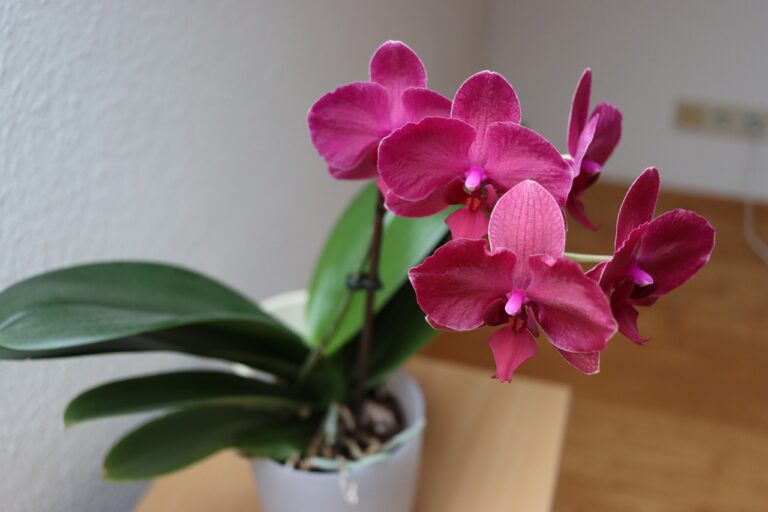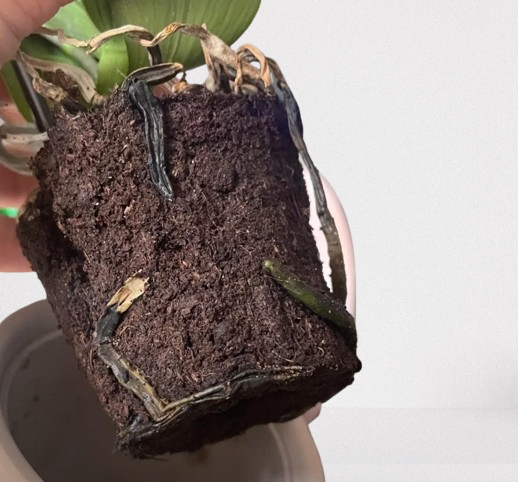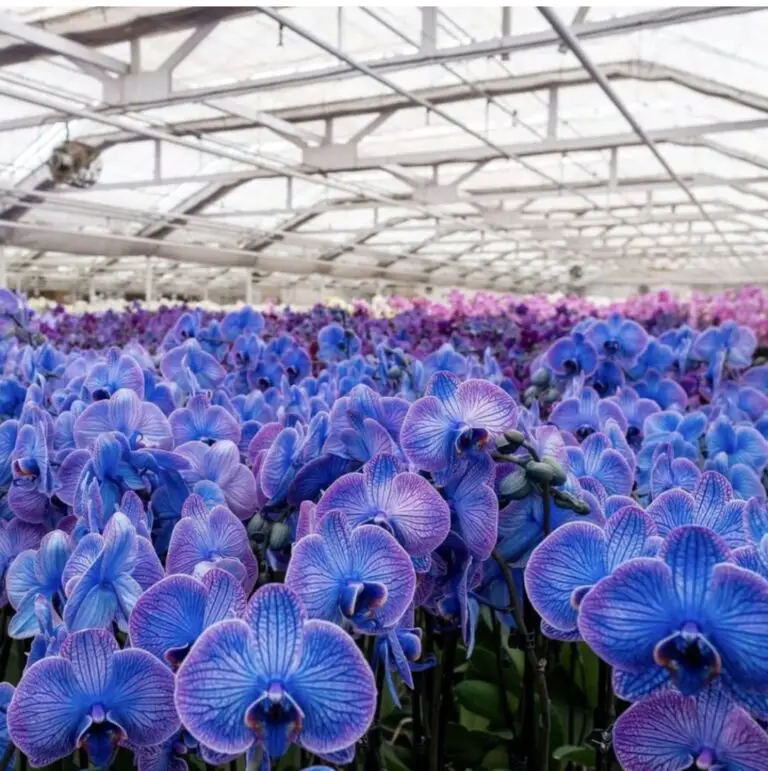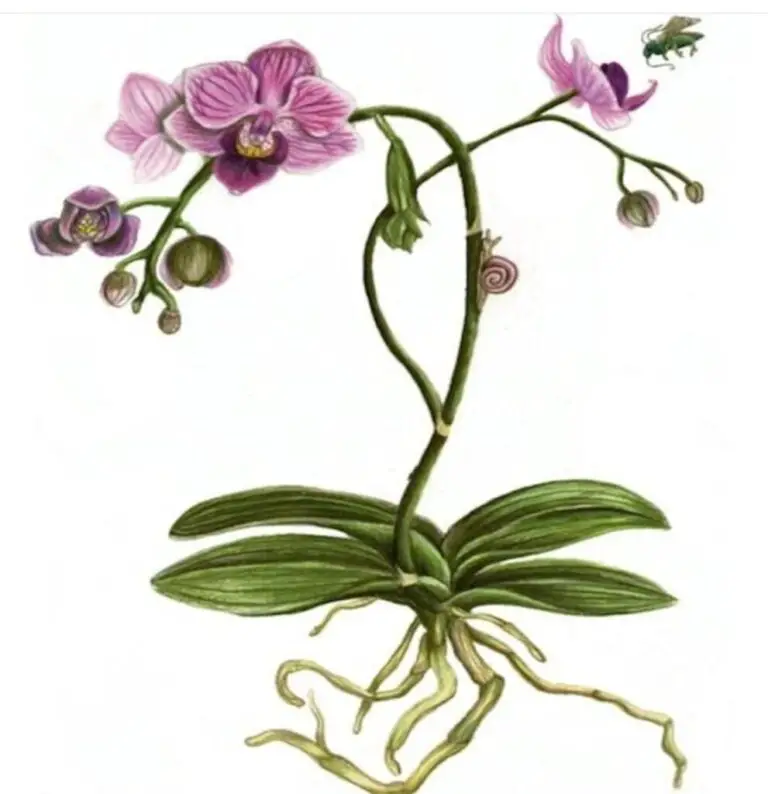There’s something undeniably enchanting about blue violet flowers. Their soft, romantic hues capture the imagination and add a touch of serenity to any garden. Whether you’re planting a window box, sprucing up a balcony, or starting your very first flower bed, blue violet blooms offer a beginner-friendly path into the world of gardening. Their colours range from deep, velvety purples to soft, sky-kissed blues—creating a calming and visually striking palette that suits almost any landscape design.
But beyond their beauty, blue violet flowers are often easier to grow than many beginners expect. With the right guidance, you can enjoy a thriving garden filled with cheerful pansies, charming violas, and the ever-popular African violets. These flowers don’t just look good—they’re resilient, low-maintenance, and adaptable to various environments, making them ideal for those still learning the ropes of plant care.
This guide is crafted specifically for new gardeners who want to grow blue violet flowers with confidence and ease. From choosing the right varieties to mastering watering, feeding, and pruning techniques, you’ll discover practical, actionable steps that will set you up for success after the season. These recommendations can help you create a colourful, healthy, and blooming place that you can enjoy season after season, whether you have a large garden or a small balcony in your apartment.
- 1 Blue Violet Flowers
- 2 Choose the Right Blue Violet Varieties
- 3 2. Understand Light Requirements
- 4 3. Select the Perfect Soil
- 5 4. Start with Seeds or Seedlings
- 6 5. Water with Care
- 7 6. Fertilise Regularly
- 8 7. Mind the Temperature
- 9 8. Space Your Plants Properly
- 10 9. Mulch for Moisture and Weed Control
- 11 10. Prune Spent Blooms
- 12 11. Watch for Pests
- 13 12. Learn to Identify Diseases
- 14 13. Support Indoor Growth
- 15 14. Try Container Gardening
- 16 15. Understand Bloom Cycles
- 17 16. Group with Companion Plants
- 18 17. Label Your Plants
- 19 18. Track Your Progress
- 20 19. Join Gardening Groups
- 21 20. Enjoy the Process
- 22 FAQs About Blue Violet Flowers
Blue Violet Flowers

Choose the Right Blue Violet Varieties
Start by selecting beginner-friendly blue violet flowers like pansies, violas, and African violets. These plants reward you with vibrant, rich flowers and are simple to grow. Make sure to pick varieties that suit your climate and space—whether in pots, hanging baskets, or garden beds.
2. Understand Light Requirements
Blue violet flowers typically prefer partial sun or filtered light. The majority of species thrive in afternoon shadow and dawn sunlight. Observe your garden’s lighting pattern throughout the day and choose a spot that avoids harsh direct midday sun, which can damage the petals and dry the soil too quickly.
3. Select the Perfect Soil
These flowers thrive in loose, well-draining soil enriched with organic matter. A mix of garden soil, compost, and peat moss ensures the roots stay healthy and absorb nutrients efficiently. Steer clear of thick clay soils, which can cause root rot by retaining too much water.
4. Start with Seeds or Seedlings
If you’re a true beginner, buying seedlings from a nursery is easier than growing from seed. However, 8–10 weeks prior to the final frost date, sow seeds indoors if you like to observe the entire lifespan. Use seed trays or pots with moisture-retaining potting mix for best results.
5. Water with Care
Keep the soil evenly moist but not soggy. Blue violet flowers dislike drying out, yet overwatering can cause fungal issues. To avoid mildew, water the base of the plant rather than the leaves. Early morning watering helps avoid fungal growth and keeps the plants hydrated throughout the day.
6. Fertilise Regularly
Use a balanced liquid fertiliser or one designed especially for flowering plants to feed your blooms every two to four weeks. This supports vibrant blooms and lush foliage. Dilute the fertiliser as directed to avoid overfeeding, which can burn the roots and harm young plants.
7. Mind the Temperature
Most blue violet flowers prefer moderate temperatures between 75°F (15 and 24°C). Avoid placing them in areas with drastic temperature swings or strong winds. During extreme heat or cold, bring potted varieties indoors or provide shade and frost protection in outdoor beds.
8. Space Your Plants Properly
Overcrowding can lead to poor air circulation and a higher risk of disease. Follow spacing guidelines for each species, usually 6–12 inches apart. This gives each plant room to grow and allows sunlight to reach the lower leaves, promoting healthier overall development.
9. Mulch for Moisture and Weed Control
Apply a thin layer of organic mulch—like shredded bark, straw, or leaf mould—around your plants. Mulch lowers weed growth, controls temperature, and preserves soil moisture. To avoid stem rot, keep the mulch a few inches away from the plant’s base.
10. Prune Spent Blooms
Deadheading, or removing faded flowers, encourages more blooms and prevents the plant from going to seed too early. Use clean scissors or your fingers to snip the flowers just above a healthy set of leaves. Regular pruning also keeps the plants looking tidy and fresh.
11. Watch for Pests
Aphids, spider mites, and whiteflies are common pests for blue violet flowers. Inspect the leaves regularly, especially the undersides. If pests are present, treat them with insecticidal soap or neem oil. Keeping your garden clean and avoiding overcrowding also reduces pest problems.
12. Learn to Identify Diseases
Powdery mildew, root rot, and botrytis are common fungal issues. Symptoms include white powdery coatings, blackened roots, or fuzzy grey mould. Improve air circulation, avoid overhead watering, and remove infected parts promptly to manage outbreaks. Healthy growing conditions are your best prevention tool.
13. Support Indoor Growth
African violets are great for indoor gardening. Put them close to windows that face east or other bright, indirect sunlight. Use room-temperature water and avoid getting any water on the leaves. Rotate the pot occasionally so the plant grows evenly and maintains a symmetrical shape.
14. Try Container Gardening
Containers are perfect for beginners. Fill pots with high-quality potting mix and use pots with drainage holes. Container gardening lets you move plants easily for optimal light and protection from weather. Choose ceramic or plastic pots over metal, which can overheat or freeze roots.
15. Understand Bloom Cycles
Most blue violet flowers bloom in spring and fall, while others, like African violets, can bloom year-round. Provide consistent care to encourage reblooming. After blooming, allow the plant a short rest period with less frequent watering and no fertilisation before resuming normal care.
16. Group with Companion Plants
Blue violet flowers pair beautifully with white alyssum, yellow marigolds, or pink snapdragons. These combinations create vibrant contrast and attract pollinators. Make sure your companions have similar water and light needs to avoid stressing any one species in your garden.
17. Label Your Plants
It’s easy to forget the names of your flowers—especially when growing multiple varieties. Use simple plant markers or decorative labels to track species and care notes. This helps you learn what works and allows you to replicate successful setups in future seasons.
18. Track Your Progress
Keep a gardening journal or app to note watering schedules, fertilisation, growth stages, and blooming dates. Observing your garden over time builds experience and confidence. You’ll spot patterns, learn from mistakes, and feel more connected to your gardening journey.
19. Join Gardening Groups
Online forums and local clubs can offer tips, troubleshooting advice, and inspiration. Sharing your experiences with fellow flower lovers makes the hobby more enjoyable. You may also find local plant swaps and events to expand your collection or upgrade your tools.
20. Enjoy the Process
Don’t worry if everything isn’t perfect—gardening is a learning experience. Celebrate small wins like your first bloom or successful pest control. Blue violet flowers are forgiving and rewarding, making them a great choice for growing confidence as a beginner gardener.
FAQs About Blue Violet Flowers
1. What are Blue Violet Flowers?
Blue Violet Flowers are a type of flowering plant known for their vibrant blue to violet-colored petals. These flowers are popular in gardens and floral arrangements due to their unique color and delicate appearance. They belong to the Viola genus and thrive in temperate climates.
Where can I buy Blue Violet Flowers?
You can buy Blue Violet Flowers from garden centers, nurseries, and online plant shops. Make sure to choose healthy plants or seeds to ensure your Blue Violet Flowers grow strong and beautiful.
How long do Blue Violet Flowers last after cutting?
Cut Blue Violet Flowers usually last about 5 to 7 days in a vase with fresh water. Changing the water regularly and trimming stems helps extend the life of your Blue Violet Flowers indoors.
. Are Blue Violet Flowers good for beginners?
Yes, Blue Violet Flowers are suitable for beginner gardeners. They require moderate care and adapt well to various conditions, making Blue Violet Flowers an easy and rewarding choice for those new to gardening.
Do Blue Violet need fertilizer?
Applying a balanced fertilizer every few weeks during the growing season can enhance the growth and blooming of Blue Violet Flowers. Fertilizer provides essential nutrients that support healthy foliage and vibrant Blue Violet Flowers.
What pests affect Blue Violet ?
Blue Violet Flowers may attract pests like aphids, spider mites, and slugs. Regular inspection and natural pest control methods help protect your Blue Violet Flowers from damage, ensuring they stay healthy and continue to bloom beautifully.
How tall do Blue Violet grow?
Most Blue Violet Flowers grow to about 6 to 12 inches tall, making them suitable for garden borders and containers. Their compact size and stunning blue to violet blooms make Blue Violet Flowers a favorite among gardeners.
Can Blue Violet tolerate frost?
Blue Violet Flowers have moderate frost tolerance. While they can survive light frost, heavy freezes may damage the plants. Mulching around Blue Violet Flowers during cold months can help protect their roots and improve survival rates.
Are Blue Violet perennial or annual?
Many Blue Violet Flowers are perennials, meaning they come back year after year with proper care. Some varieties may behave as annuals depending on climate, but generally, Blue Violet Flowers are reliable long-term garden plants.
When do Blue Violet bloom?
Blue Violet Flowers typically bloom in spring and early summer, depending on the variety and growing conditions. With the right care, some Blue Violet Flowers may even produce blooms intermittently throughout the growing season.
Can Blue Violet attract pollinators?
Yes, Blue Violet Flowers are known to attract pollinators like bees and butterflies. Their vibrant color and nectar-rich blooms make Blue Violet Flowers an excellent choice for supporting local pollinator populations in your garden.

